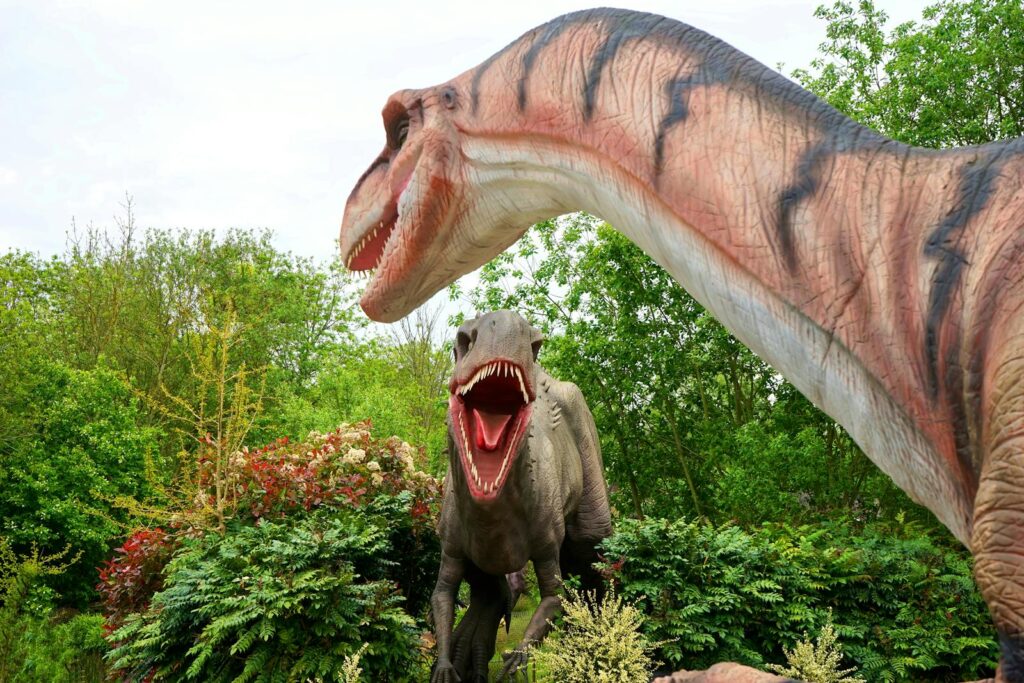When we marvel at towering dinosaur skeletons in museums, we’re often told these magnificent creatures lived millions of years ago. But how exactly do scientists determine when these prehistoric giants roamed the Earth? The process of dating dinosaur fossils involves multiple scientific disciplines and sophisticated techniques that have evolved significantly over the decades. From examining the rock layers where fossils are found to analyzing atomic particles within the fossilized remains, paleontologists employ a fascinating array of methods to unlock the mysteries of dinosaur chronology. This article explores the various techniques scientists use to determine both a dinosaur species’ place in Earth’s history and, in some cases, the age of individual dinosaurs at death.
Relative Dating Using Stratigraphy
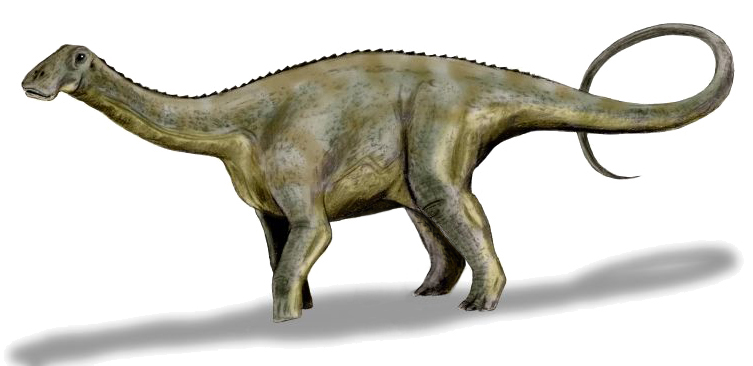
One of the foundational methods for dating dinosaur fossils is stratigraphy, the study of rock layers or strata. This technique operates on the principle that deeper sedimentary layers are generally older than those above them, as sediments naturally accumulate over time with newer layers forming on top of older ones. When paleontologists discover dinosaur remains within a particular rock layer, they can determine the fossil’s approximate age relative to other fossils found in higher or lower strata. This method doesn’t provide an absolute age in years but establishes a chronological sequence, identifying whether a dinosaur existed before, after, or contemporaneously with other species. Stratigraphy was one of the earliest techniques used in paleontology and continues to provide crucial contextual information for more precise dating methods.
Biostratigraphy and Index Fossils

Biostratigraphy refines the stratigraphic approach by focusing on index fossils – the remains of organisms that existed during specific and relatively short geological periods. These distinctive fossils, often from marine creatures like ammonites that evolved rapidly and were geographically widespread, help scientists establish the age of the rock layers containing dinosaur fossils. When paleontologists find a dinosaur fossil in proximity to recognizable index fossils, they can narrow down the timeframe during which the dinosaur lived. For example, if a Tyrannosaurus rex skeleton is discovered in rock layers containing fossils of certain mollusk species known to have existed between 68 and 66 million years ago, scientists can place the T. rex within that same tperiod Biostratigraphy is particularly valuable when working with sedimentary rock formations, where layers containing different assemblages of index fossils can be correlated across disparate geographic locations.
Radiometric Dating Techniques

The most precise method for determining the age of dinosaur fossils involves radiometric dating, which measures the decay of radioactive isotopes within rocks surrounding the fossils. This approach relies on the known decay rates of radioactive elements, such as uranium, potassium, and argon, which serve as natural geological clocks. When volcanic ash or lava flows contain these radioactive elements, they begin to decay into stable “daughter” elements at predictable rates upon solidification. By measuring the ratio of parent to daughter elements in the igneous rocks above and below fossil-bearing sedimentary layers, scientists can bracket the fossil’s age with remarkable precision. For example, potassium-40 decays to argon-40 with a half-life of 1.25 billion years, while uranium-235 decays to lead-207 with a half-life of 704 million years. These methods can typically provide dates with accuracy within 1-2% of the actual age, allowing paleontologists to determine that many dinosaur fossils date back to the Mesozoic Era, spanning from about 252 to 66 million years ago.
The Challenges of Dating Fossils Directly
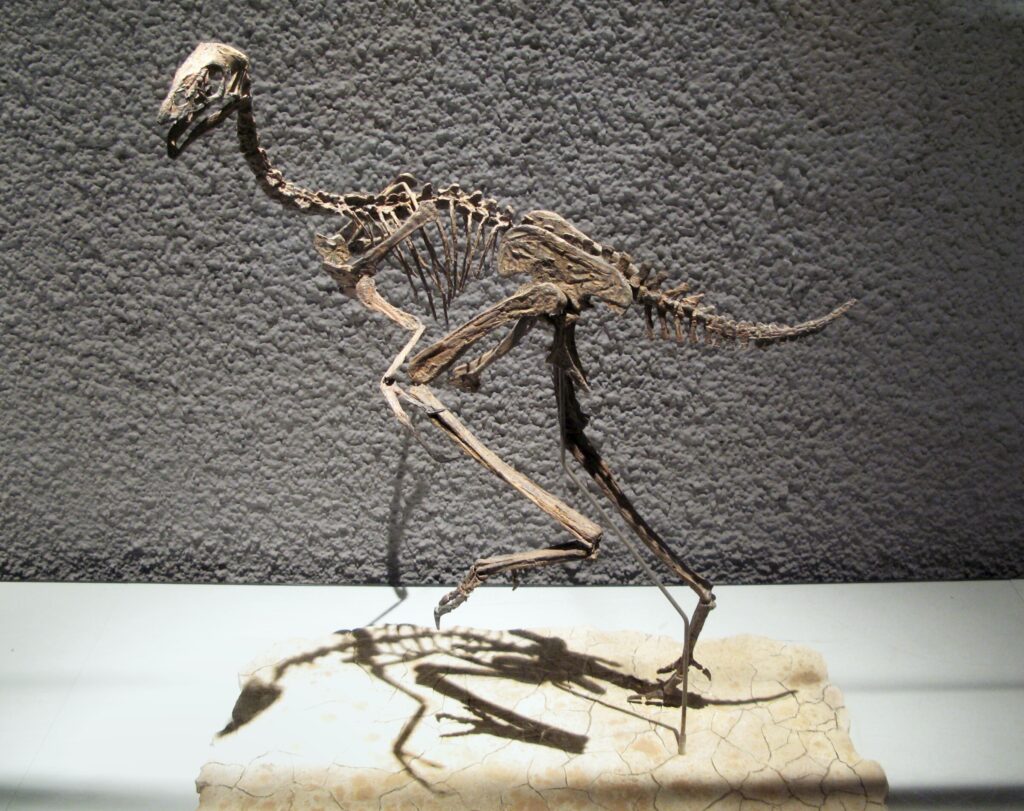
While radiometric dating works excellently for igneous rocks, directly dating dinosaur fossils themselves presents significant challenges. The fossilization process typically replaces the original organic material with minerals, erasing much of the biological material that could be dated. By the time a bone becomes a fossil, most of its carbon-14, which has a relatively short half-life of 5,730 years, has already decayed beyond measurable limits. Additionally, contamination becomes a major concern, as fossils may absorb more recent carbon from the environment during their millions of years in the ground. This limitation explains why paleontologists rarely date fossils directly and instead rely on dating the surrounding rock layers. In rare cases where soft tissue or proteins have been preserved within dinosaur fossils, specialized techniques like amino acid racemization may provide supplementary data, though these methods remain controversial and are typically used in conjunction with more established dating approaches.
Magnetostratigraphy: Reading Earth’s Magnetic Record

Earth’s magnetic field has reversed its polarity numerous times throughout geological history, with the magnetic north and south poles essentially switching positions. These magnetic reversals, recorded in rocks as they formed, create a unique pattern that scientists can use as a dating tool known as magnetostratigraphy. When iron-containing minerals in sedimentary rocks align with Earth’s magnetic field during rock formation, they preserve a record of the field’s orientation at that time. By matching the magnetic signature in fossil-bearing rocks with the established timeline of Earth’s magnetic reversals, paleontologists can determine when those rocks—and the fossils within them—were formed. This technique provides an independent verification method that complements other dating approaches and has been particularly useful in establishing the timeline of dinosaur evolution across different continents. Magnetostratigraphy has helped scientists determine that the last dinosaurs died out approximately 66 million years ago, coinciding with the end of the Cretaceous period.
Determining an Individual Dinosaur’s Age at Death

While geological dating methods reveal when a dinosaur species existed in Earth’s history, paleontologists also seek to determine how old individual dinosaurs were when they died. This biological age assessment involves examining growth patterns preserved in fossilized bones. Much like tree rings record annual growth, dinosaur bones contain growth lines called lines of arrested growth (LAGs) that typically represent yearly cycles of rapid growth followed by slowdowns during resource-scarce seasons. By counting these LAGs in cross-sections of fossilized bones, scientists can estimate a dinosaur’s age in years at the time of death. This technique has revealed that many dinosaur species grew rapidly in their early years before slowing down as they approached adulthood, similar to modern reptiles, but at rates more comparable to mammals and birds. Through such studies, paleontologists have determined that Tyrannosaurus rex, for instance, reached its massive adult size within 20 years, experiencing an extraordinary adolescent growth spurt.
Bone Histology: Reading the Microscopic Record

Bone histology—the microscopic study of bone structure—provides detailed insights into a dinosaur’s development and age at death. By creating thin sections of fossilized bone and examining them under a microscope, paleontologists can observe the density and organization of bone cells, blood vessel channels, and growth marks. Different growth phases produce distinctive bone textures; rapidly growing juvenile bone typically appears highly vascularized with numerous blood vessel spaces, while mature bone shows more organized and densely packed tissue. The spacing between growth lines also tells a story, with wider gaps indicating periods of faster growth and narrower spacing suggesting slower growth or approaching physical maturity. These microscopic analyses have revealed that some dinosaurs, particularly larger species, grew at rates much faster than modern reptiles, challenging earlier assumptions about dinosaur physiology. Bone histology studies have been crucial in determining that Maiasaura, a duck-billed dinosaur, reached adult size in about seven to eight years and had a potential life span of several decades.
Tooth Development and Replacement Patterns
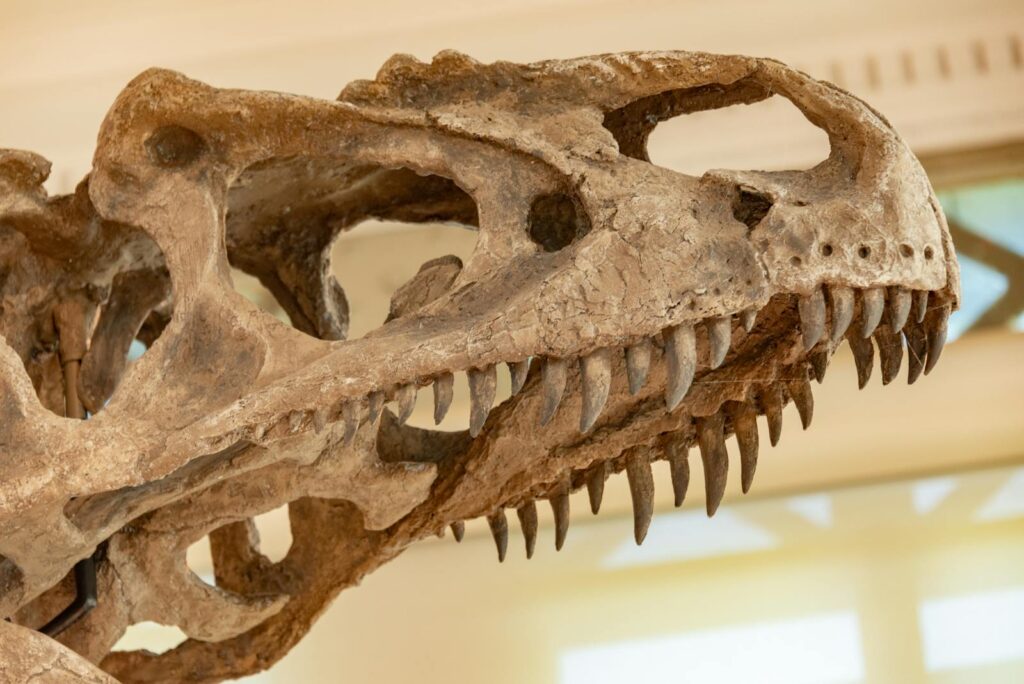
Dinosaur teeth provide another window into determining an individual’s age, particularly for species that continuously replaced their teeth throughout their lifetime. By studying tooth development stages, eruption sequences, and replacement rates, paleontologists can estimate how old a dinosaur was when it died. Many dinosaurs replaced their teeth at predictable intervals—some theropods like Tyrannosaurus could completely renew their set of teeth every one to two years. The number of replacement teeth in various stages of development found within the jaw can indicate where in this cycle the dinosaur was at death. Additionally, the wear patterns on functional teeth provide clues about how long those teeth were in use. This approach is especially valuable when studying juvenile dinosaurs, whose rapid growth is often reflected in their accelerated tooth replacement rates. Combined with other aging methods, tooth development analysis has helped scientists determine that some juvenile tyrannosaurs grew at rates exceeding 2.2 pounds (1 kilogram) per day during their teenage growth spurts.
Isotope Analysis for Seasonal Growth Patterns

The chemical composition of dinosaur fossils contains subtle clues about seasonal variations experienced during the animal’s lifetime. Stable isotope analysis measures the ratios of different isotopes of elements like oxygen, carbon, and nitrogen in fossilized tissues, which can reflect seasonal patterns in diet, water consumption, and climate. These isotopic signatures vary with environmental conditions; for instance, oxygen isotope ratios fluctuate with temperature and precipitation patterns throughout the year. By sampling along the growth axis of tissues like teeth or bones, scientists can detect cyclical patterns that correspond to seasonal changes. These patterns can be counted to estimate age, similar to counting tree rings. Recent advances in isotope analysis have also revealed details about dinosaur migration patterns, dietary shifts, and habitat changes throughout their lives. For example, isotope studies of the large predator Spinosaurus showed seasonal variations suggesting it may have spent time in both freshwater and marine environments, adapting its hunting strategies to different ecosystems throughout the year.
Comparative Analysis with Modern Relatives
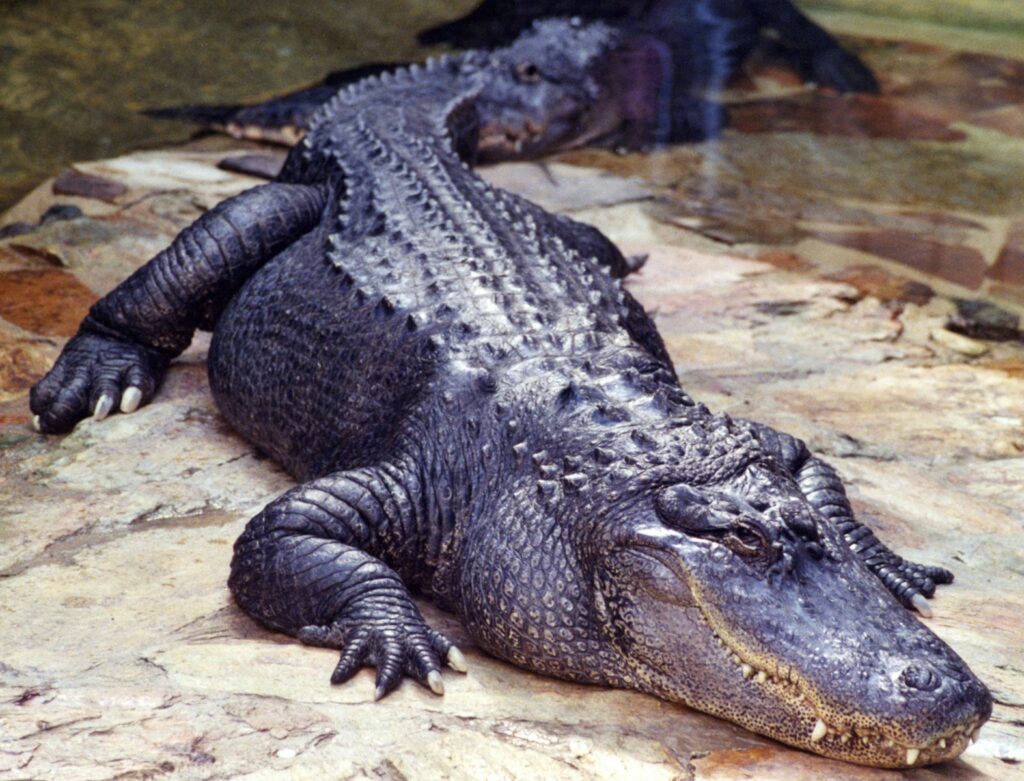
Birds, as the direct descendants of dinosaurs, and crocodilians, as their closest living relatives, provide valuable reference points for understanding dinosaur growth and aging. By studying the growth rates, bone development, and life history traits of modern birds and reptiles, paleontologists can create models that help interpret the growth patterns observed in dinosaur fossils. This comparative approach has revealed that dinosaurs exhibited growth patterns intermediate between typical reptiles and birds, with many species showing the rapid juvenile growth characteristic of birds but extended growth periods more similar to reptiles. The discovery that many dinosaurs, particularly the theropod lineage that gave rise to birds, possessed avian-like features such as hollow bones, enabled rapid growth similar to their modern descendants. Studies of ratites (large flightless birds like ostriches) have been particularly useful for understanding how large dinosaurs might have grown and aged. This comparative framework helps scientists recognize when a dinosaur specimen represents a juvenile, adolescent, or mature individual, even when complete growth series for that species aren’t available.
Synchrotron Imaging and Advanced Technologies

Cutting-edge technologies have revolutionized how scientists examine dinosaur fossils without destroying precious specimens. Synchrotron imaging, which uses high-energy X-rays produced by particle accelerators, allows researchers to see inside fossils with unprecedented detail, revealing growth lines and internal structures without cutting the specimen. This non-destructive approach creates three-dimensional visualizations of the internal microstructure of fossilized bones, teeth, and even preserved soft tissues. Other advanced technologies like neutron tomography, which uses neutron beams instead of X-rays, can detect different elements within fossils that X-rays might miss. These sophisticated imaging methods have revealed previously unobservable growth patterns in dinosaur fossils, including daily growth lines in some specimens that function similarly to the rings of a tree, but on a much finer scale. For example, synchrotron studies of Hypacrosaurus, a duck-billed dinosaur, revealed daily growth lines in tooth enamel, indicating that these dinosaurs developed their teeth differently than modern reptiles, providing new insights into their growth rates and metabolism.
The Importance of Cross-Validation in Dating

The most reliable age determinations for dinosaur fossils come from using multiple dating methods and cross-validating the results. No single technique is infallible, and each has limitations and potential sources of error. When radiometric dating of surrounding volcanic ash layers aligns with biostratigraphic evidence from index fossils, and both correlate with magnetostratigraphic data, scientists can be much more confident in their age determinations. Similarly, when estimating an individual dinosaur’s age at death, combining evidence from growth lines, bone histology, tooth replacement patterns, and comparative analysis with modern relatives provides more robust conclusions than any single method alone. This multi-disciplinary approach has strengthened the overall reliability of dinosaur dating and has helped resolve contradictions that occasionally arise between different methods. The integration of traditional techniques with newer technologies continues to refine our understanding of when various dinosaur species lived and how they developed throughout their lifespans. Through this careful cross-validation, paleontologists have established the chronology of dinosaur evolution with increasing precision, from their emergence in the Triassic Period around 231 million years ago to their extinction at the end of the Cretaceous 66 million years ago.
Ongoing Debates and Future Directions

Despite significant advances in dating techniques, certain aspects of dinosaur chronology remain subjects of ongoing scientific debate. The precise timing of major evolutionary events, such as the origin of different dinosaur groups and their geographical spread across ancient continents, continues to be refined as new fossils are discovered and dating methods improve. Questions also persist about growth rates and longevity in various dinosaur species, particularly those with few known specimens or incomplete growth series. Emerging technologies promise to further enhance our ability to determine dinosaur ages, with techniques like uranium-lead dating of fossil teeth, laser ablation mass spectrometry for analyzing minute samples, and machine learning approaches for identifying growth patterns in complex datasets. The integration of paleontological data with climate models and ecological simulations is also providing new contexts for understanding how dinosaur populations evolved and aged within their changing environments. As these methods continue to develop, our picture of dinosaur chronology becomes increasingly detailed, allowing us to better understand not just when these remarkable creatures lived, but how their life histories unfolded across the vast expanse of Mesozoic time.
Conclusion
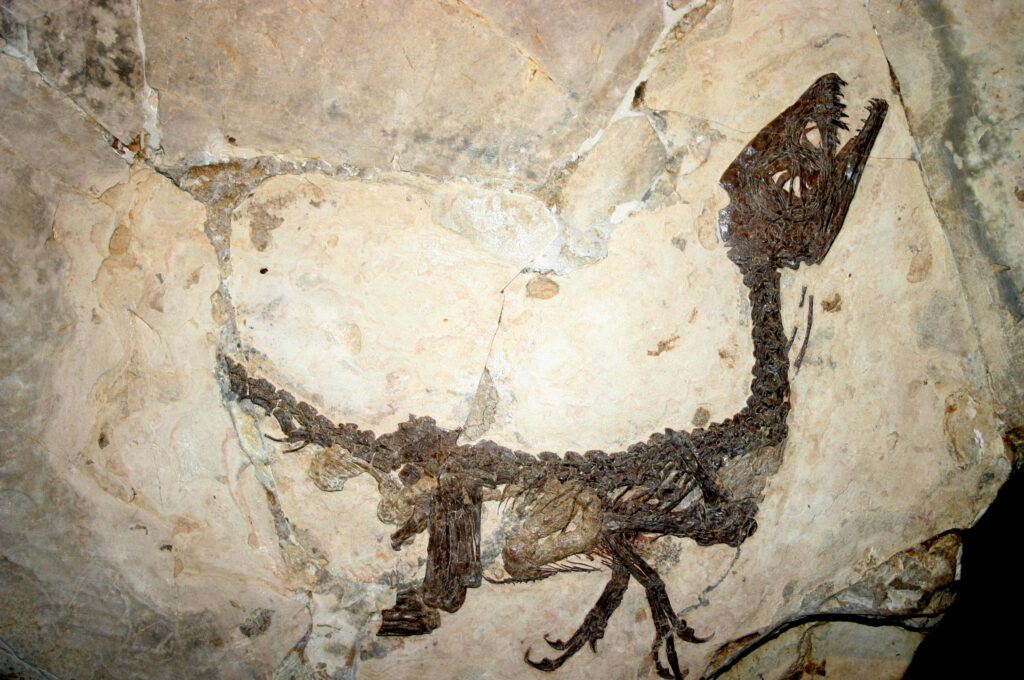
Determining a dinosaur’s age—both its geological timeframe and its age at death—represents one of paleontology’s most fascinating challenges. From the fundamental principles of stratigraphy to cutting-edge synchrotron imaging, scientists employ an impressive array of techniques to unlock the chronological secrets held within fossilized remains. These methods continue to reveal that dinosaurs weren’t simply oversized reptiles but diverse creatures with complex growth patterns and life histories, some growing at rates comparable to mammals while others developed more like their reptilian relatives. As technology advances and interdisciplinary approaches expand, our ability to accurately determine dinosaur ages improves, providing ever more precise windows into their long-vanished world. Through this meticulous scientific detective work, paleontologists continue to refine the timeline of dinosaur evolution, helping us better understand not just when these magnificent animals lived but also how they grew, developed, and ultimately dominated the planet for over 160 million years.

